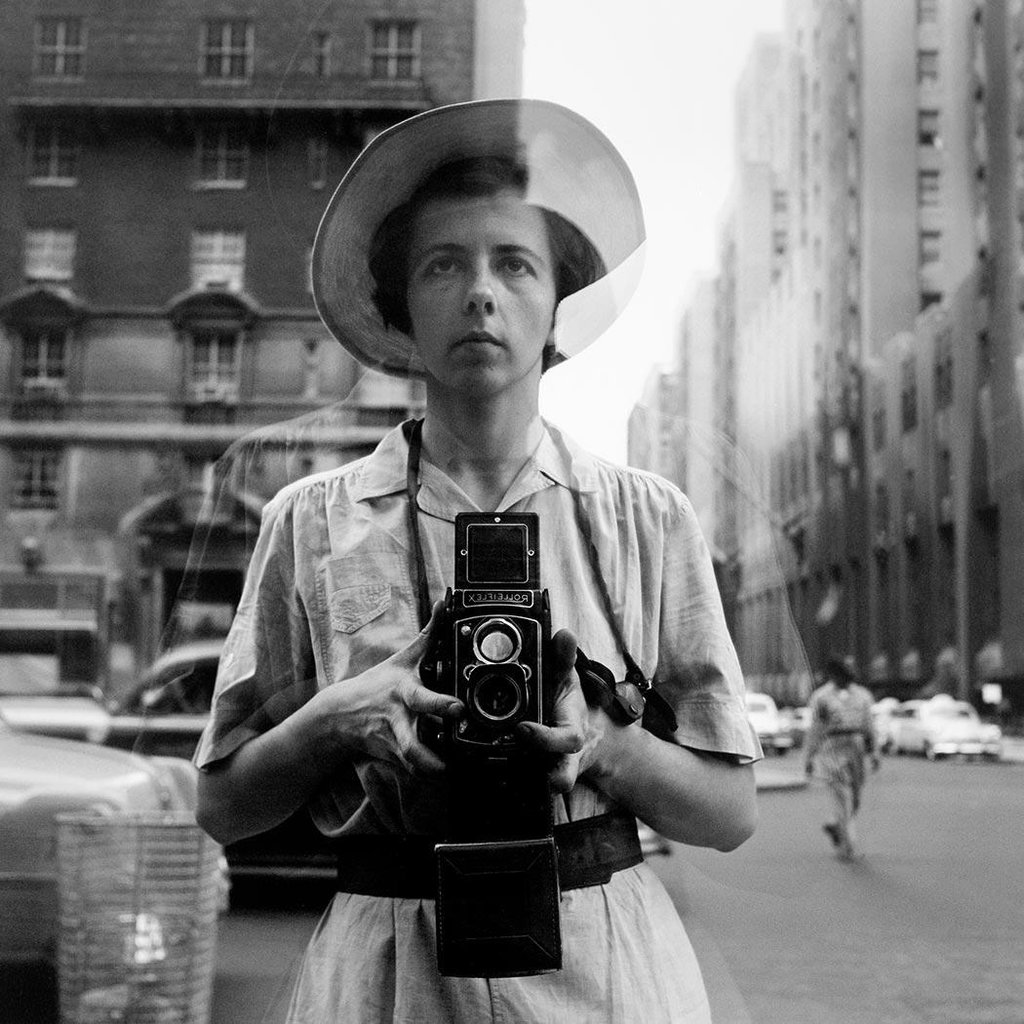Unseen Observations
The Magic of Street Photography with a TLR Camera
PHOTOGRAPHY PERSPECTIVESPERSONAL REFLECTIONS


In my early days of capturing street photos in South Arabia, six decades ago, I wielded a TLR (Twin Lens Reflex) camera, mirroring the footsteps of the renowned Vivian Maier, who, at that same time, was on the other side of the world in New York and Chicago. This unique equipment required me to look down into the viewfinder, giving the impression that I wasn't directly gazing at the subjects I was photographing. The subtle approach had a fascinating effect on the reactions of those around me, or rather, the lack of reaction in many cases. People often didn't notice me as I discreetly composed my shots.
With my Yashica TLR camera in hand, I felt like a silent observer, a hidden entity blending seamlessly into the urban landscape. This unobtrusive vantage point allowed me to capture candid moments with a touch of serendipity, preserving the authenticity of the scenes I encountered. It was as if I had discovered a magical portal, allowing me to freeze fragments of time without disturbing the delicate balance of life around me.
As I peered down into the viewfinder, my subjects remained blissfully unaware, continuing their daily routines, engrossed in their own thoughts and actions. This surreptitious approach granted me access to unguarded moments, raw emotions, and unfiltered expressions, creating a powerful visual narrative of the human experience.
In the bustling backstreets of Crater and Steamer Point, I became an inconspicuous storyteller, crafting tales through the lens of my TLR camera. The magic of this vintage device lay not only in its charming retro appearance but also in its ability to transcend the barriers of ordinary observation. It was as though I had discovered the alchemy of invisibility, capturing the essence of life as it unfolded before me.
Like Vivian Maier, a Rolleiflex TLR user, I found inspiration in the art of street photography, where unassuming moments transform into poignant reflections of humanity. Armed with my TLR, I honed my skills in the art of timing and composition, striving to create a visual symphony of life's fleeting instants, capturing decisive moments before the term was coined by our dear namesake Henri Cartier-Bresson.
Mastering the reversed image on a Twin Lens Reflex viewfinder screen is an intricate art that demands both patience and skill. At first encounter, photographers may find themselves confounded by the unfamiliarity of the inverted view, as it presents an entirely different way of framing and composing shots. The challenge lies in mentally adjusting to this reversed perspective, which can lead to initial disorientation and difficulty in accurately visualising the final composition.
Aspiring photographers must undergo a period of adaptation, training their minds to interpret the mirrored scene in real-time, making precise adjustments to achieve the desired framing. It is an acquired proficiency that requires dedication and practice, as the mastery of the reversed image opens the door to a realm of unique storytelling and candid captures characteristic of the TLR camera's enchanting allure.
As I reflect on those early days, I cherish the unique connection I established with my subjects through this unconventional approach. Looking down into the viewfinder, I was not an intrusive outsider but a silent companion, sharing fleeting glimpses of the world's diverse mosaic with my fellow inhabitants.
Though times have changed, and my photography gear has evolved to full blown mirrorless, full frame, digital, I remain forever grateful for the lessons learned with that humble TLR camera. It taught me to appreciate the beauty of subtlety and the profound impact of the unseen observer. It shaped my perspective as a photographer and deepened my understanding of the stories that unfold in the vibrant tapestry of everyday life.
© Peter Pickering 2024. www.peterpickering.com




